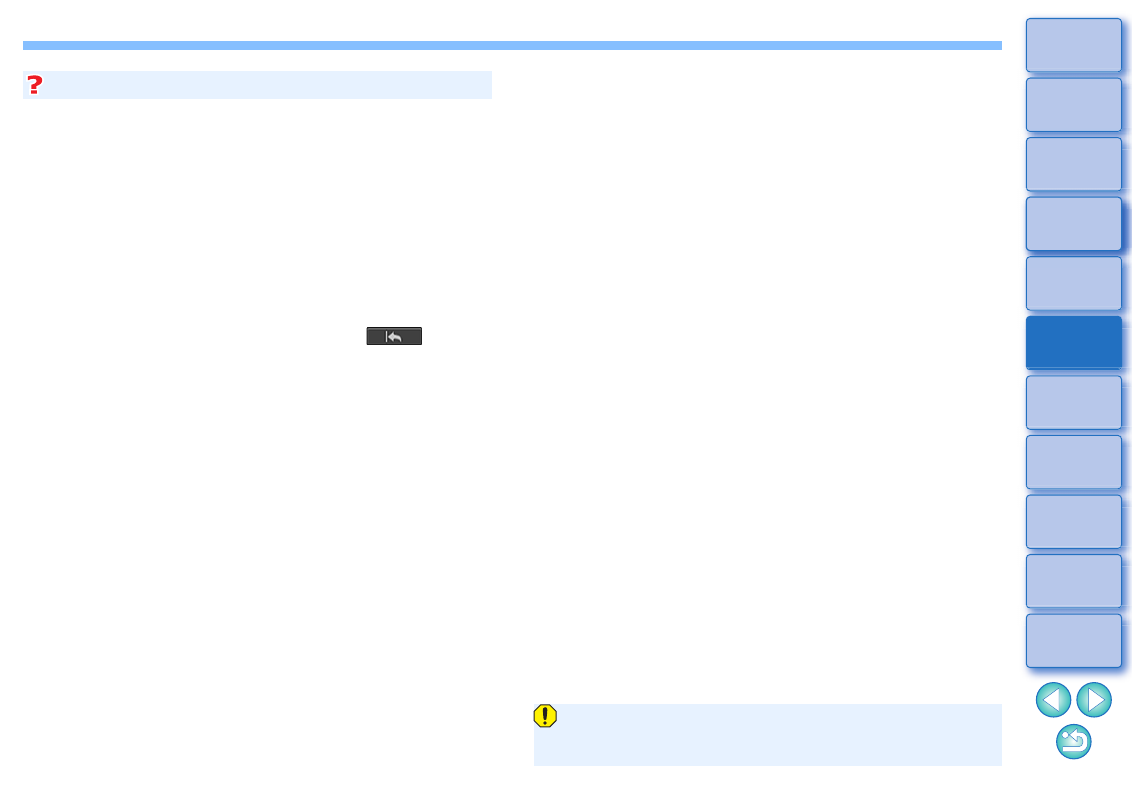Canon PowerShot G7 X Mark II User Manual
Page 79

79
Click several times when dust spots are not erased completely
Where unwanted dust spots are not erased even after performing
step 5 once, they may be erased completely when you click several
times.
Mainly spots of dust can be erased with the repair function
Spots of dust can be erased with the repair function. You may be
unable to erase lines of dust. In this case, use the copy stamp
function
.
The dust-erased image can be reverted to its original condition
at any time
A dust-erased image is displayed or printed as a dust-erased image.
However, since the dust on the image is not actually erased, you can
always revert to the original image by clicking the [
] button in
the Dust Delete/Copy Stamp tool palette or performing the “Re-Editing
an Image” procedure
Printing dust-erased images
You can print as a dust-erased image by printing it in DPP.
The image becomes a dust-erased image when converted and
saved
The dust-erased RAW image actually becomes a dust-erased image
when converted to a JPEG or TIFF image and saved
Additional information
For images shot with ISO speed range expansion set, noticeable
noise may make it difficult to view dust spots in the copy stamp
window, so using this function is not recommended.